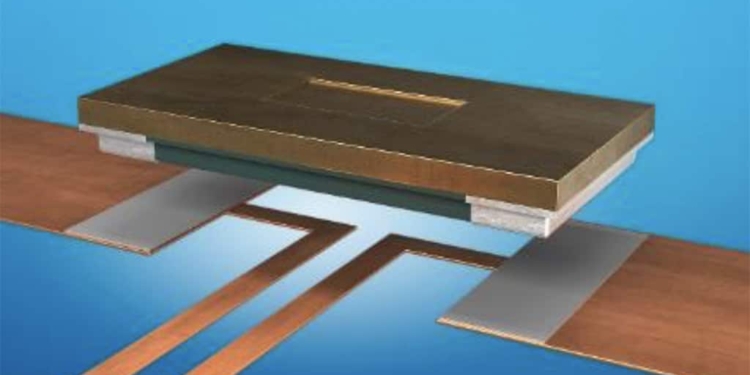Source: Isabellenhütte news
Isabellenhütte has developed a new range of precision resistors in standard sizes with resistances ranging from 1-6mΩ for applications which require small and low ohmic shunts.
In terms of their construction, the components are also less complex than the current ISA-PLAN resistance families. And yet, they offer the same performance quality: very good long term stability, a low temperature coefficient, and low thermoelectric voltages.
With the FMx shunt family, Isabellenhütte has now plugged a gap in the standard size range for precision resistances. It has not been possible with the previous product ranges to realise the usual S (2512), P (2010) and K (1206) standard sizes in the resistance range from 5-1mΩ.
The impetus for this new development was provided by increasing demand for these resistances as well from a wide range of industries, including the automotive sector (for in-car chargers and assistance systems) and industry (for BLDC drive units), but also from the consumer market (e.g. for white goods).
The development approach
The large cross-sectional areas required for low-ohmic components have been achieved by a change in construction, and the production process has also been significantly simplified. A further milestone for the FMx shunts has been the development of the NOVENTIN resistance alloy to make it possible to realise these low ohmic values in defined sizes. Until now, the ISA-PLAN resistances (SMx, VMx and CMx) have followed a sandwich construction, consisting of a substrate – usually copper – an adhesive and a resistance film made out of the ZERANIN and MANGANIN resistance alloys developed in-house by Isabellenhütte.
The FM in the title of the new range stands for ‘Full Metal’, i.e. the components are fashioned in the corresponding thickness out of a full metal plate made of the resistance material in question and directly soldered onto the underside. These variant is very low ohmic due to the large cross-sectional areas. 1MΩ is realised with the ZERANIN alloy, 2mΩ with MANGANIN, and, for the first time, NOVENTIN is being used in ISA-PLAN products for the resistance range from 3-6mΩ.
The new design has given rise to a particularly robust construction which also makes it possible to leave out some work stages and reduce costs. An important point for the automotive industry is this: The components form a soldering point meniscus to guarantee the possibility of automated inspection of the soldering points.
Less complex with the same quality parameters
Despite the reduction in complexity, the FMx range still offers the same high performance quality as the existing high ohmic product family. This is ensured by the high class, massive resistance material, the very good long term stability, a low temperature coefficient and low thermoelectric voltages. These aspects give rise to good measurement resistance.
Start of production in the last quarter of 2020
Beta samples of the FMx range are currently in production. Qualification in accordance with the AEC-Q200 standard in the automotive sector is planned for the second quarter of 2020, with the start of production scheduled for the fourth quarter of the same year.
































